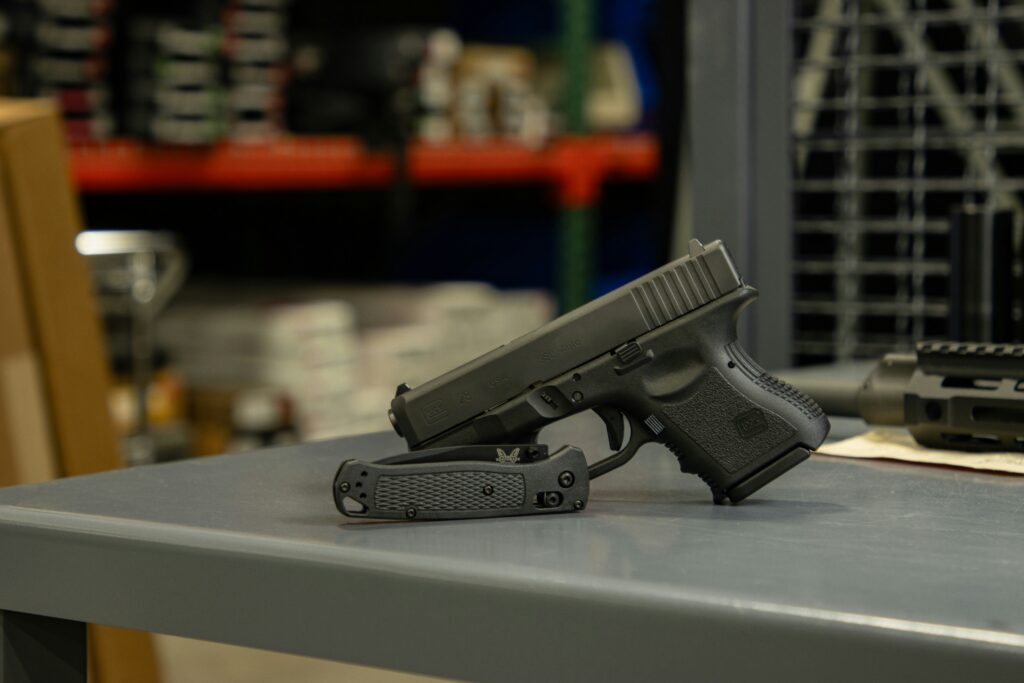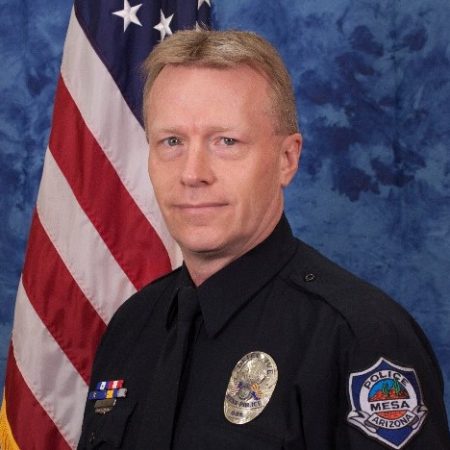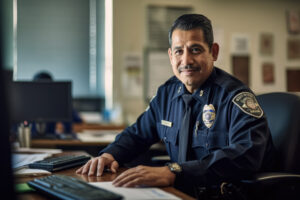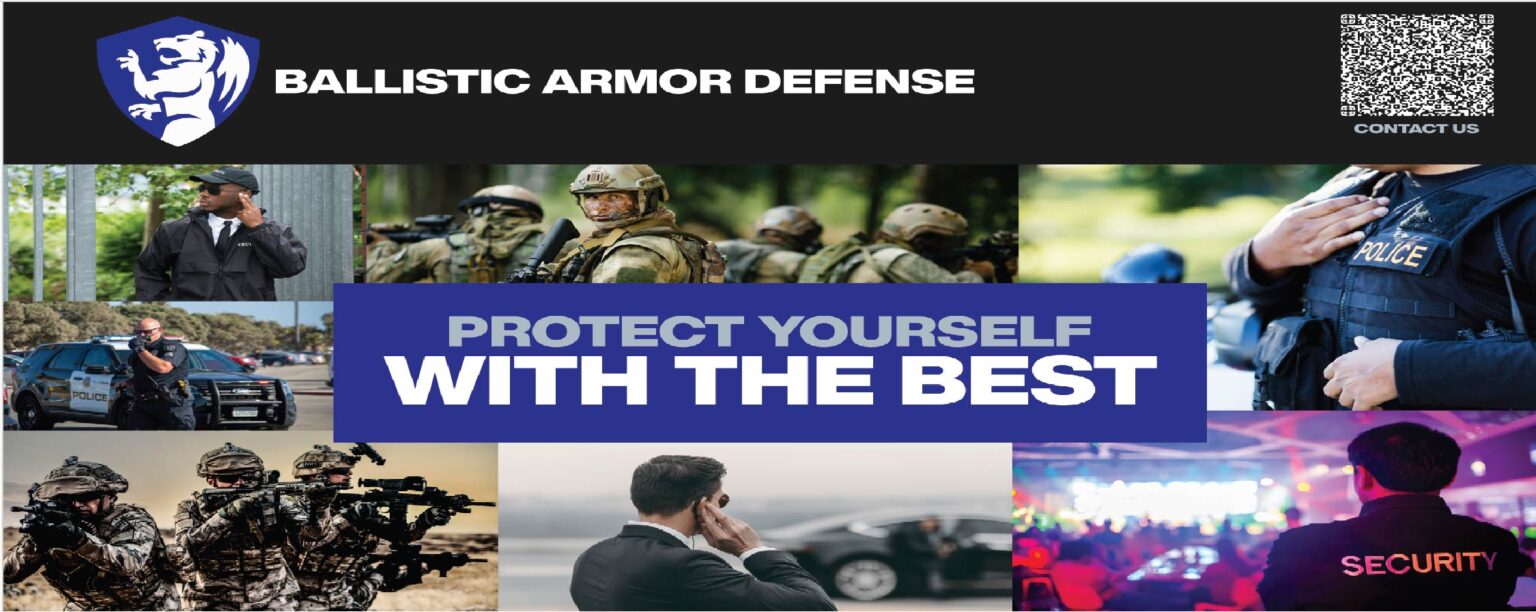
Research
Winter | 2025

Transitioning Between Firearms and Electronic Control Devices ("ECDs")
Paul L. Taylor, Paul Sipe, Lon Bartel
Winter | 2025
Previous research on officers’ use of force has focused on a variety of isolated areas including socioeconomic variables, highest level of force utilized, and specific forms of force employed (firearms, electronic control devices, etc.). However, use of force incidents are dynamic in nature, requiring officers to make quick decision in a rapidly evolving situation, and in many instances, to transition from type of force to another. While deployment of these devices is often viewed as the same, they are very different. Factors influencing the ability to deploy devices vary according to how weapons are carried, which impact the movements required to retrieve it. In addition, there is a great disparity in the training required to ‘qualify’ with each. For example, more training is required in basic and on-going training for firearms than Electronic Control Devices. The researchers noted studies of human factors in a variety of other fields including medicine, aviation, military, and traffic safety have been important to improving performance and investigating events.
There has been very little research to evaluate the time required for an officer to perceive a change in a use of force situation and respond by deploying a different weapon
This article describes the research to identify the time required for experienced officers to transition from an electronic control device (ECD) to a firearm as well as transition from firearm to an electronic control device. To accomplish this, researchers used an interactive InVeris firearms simulator to engage 139 active law enforcement officers from six diverse agencies. The officers’ years of experience ranged from one to 35 years with an average slightly more than 11 years. Interestingly, 98 percent of the participants had never participated in any transition training.
Officers were directed to start by pointing either their simulator handgun or ECD at the screen. After being given instructions, they were provided randomly assigned starting positions. Once the simulation began, the officers’ transition times were calculated for the time between the target movement and the detected strike from the weapon. It was determined ‘transitions from an ECD to a firearm and transition from a firearm to a ECD are not equivalent tasks.’ Officers were ‘significantly faster to move up the force continuum’.
The average time required for officers to transition from a firearm to an ECD ranged from 2.475 seconds to 9.354 seconds. Conversely, the time to transition from an ECD to a firearm ranged from .811 seconds to 6.865 seconds.
In time, this controlled experiment will be viewed as a foundation for significant changes toward evidence-based policing and improvement of police officers’ training, tactics, policy, and use of force investigations. For example, it was noted, the study was not designed to evaluate officers’ actions from a qualitative perspective, but noted the participating officers were not proficient and were viewed as being uncomfortable transitioning from a handgun to an ECD. As a result, researchers concluded there was greater need to employ human factors research of police officers’ tasks and the tools they use to create a ‘better understanding and improving the outcomes they achieve’.

Paul L. Taylor

Paul Sipe

Lon Bartel
Paul L. Taylor, Paul Sipe, Lon Bartel, “Lost in Transition: The Effects of Transitioning between Firearms and Electronic Control Devices (ECDs) on Perception-Response Times (PRTs)”, Police Journal: Theory, Practice and Principles, 2023, Vol. 96(1), pp. 103 – 116.

Natalie Sellars
Natalie Sellars has served as a Senior Law Enforcement Risk Consultant with Local Government Risk Management Services (LGRMS) for the past 10 years. She holds a Bachelor of Arts in Criminal Justice from Augusta State University and a Master of Arts in Criminal Justice from Troy University. Previously she served as a parole officer, academy instructor, and Assistant Chief with the Georgia State Board of Pardons and Paroles.





















